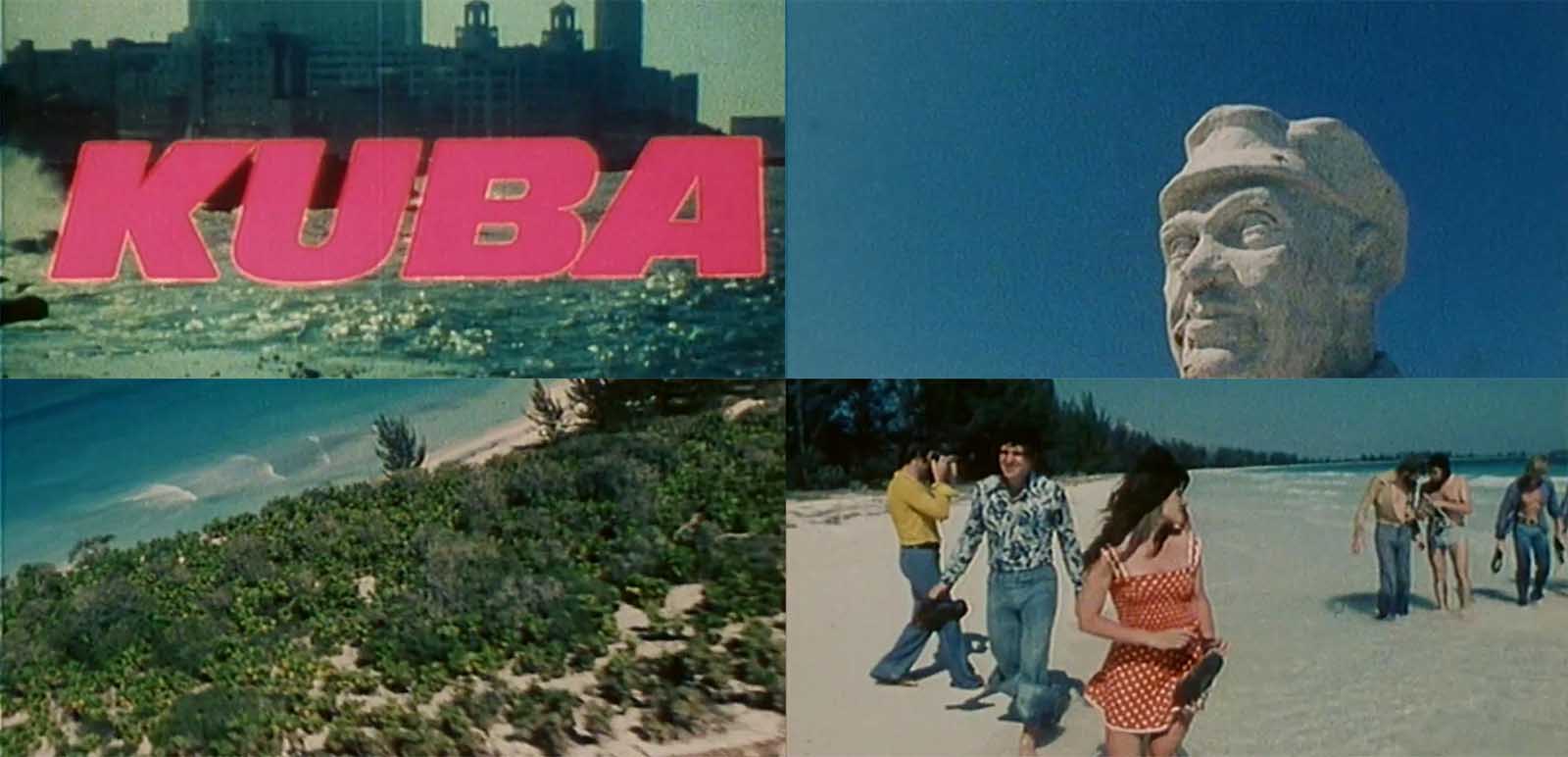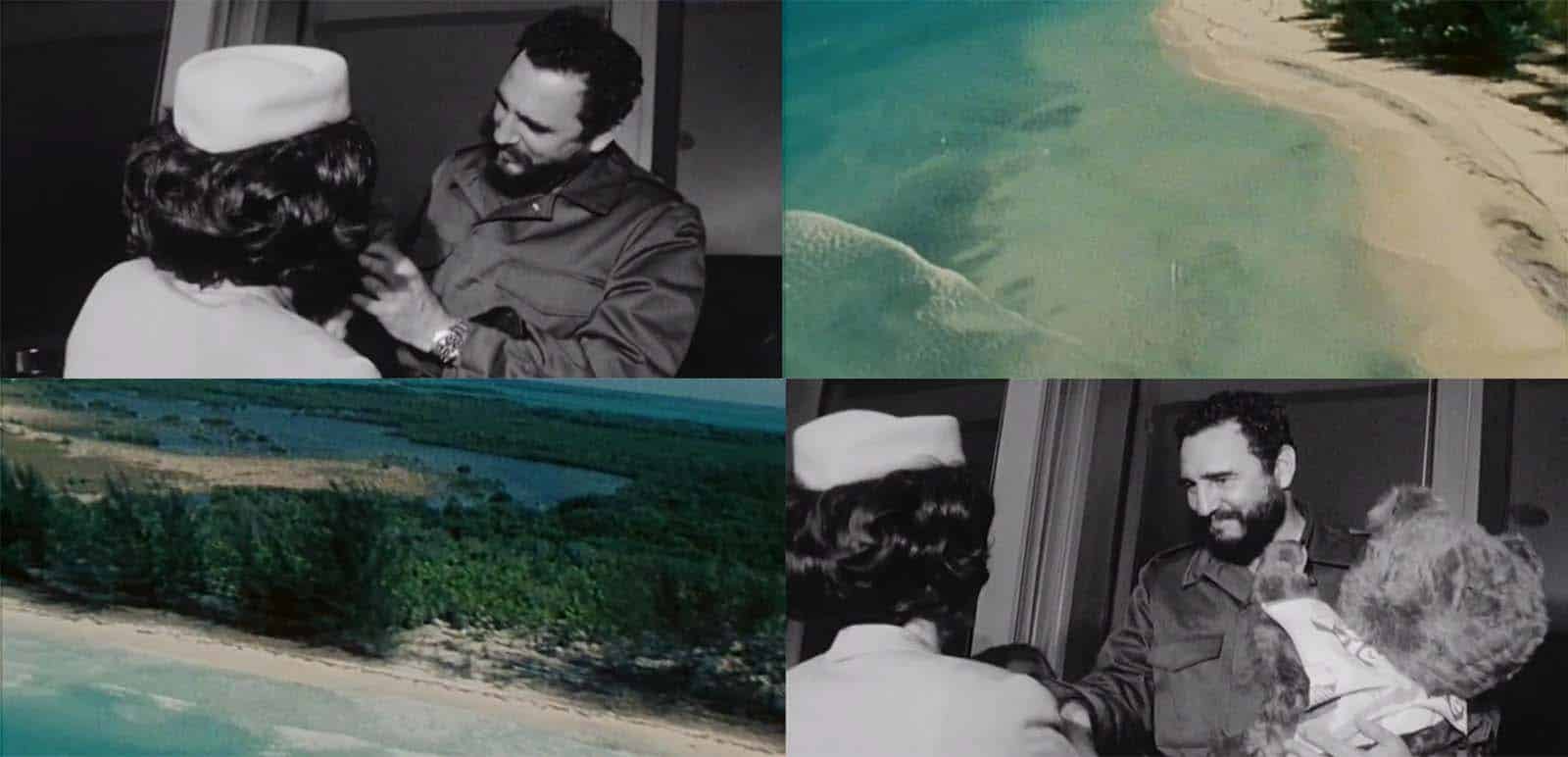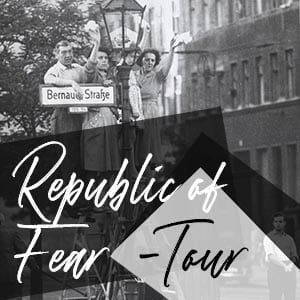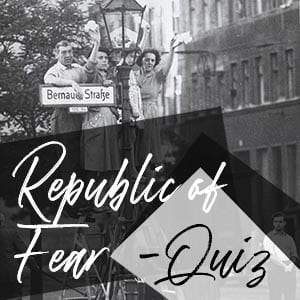When Cuban leader, Fidel Castro, visited the German Democratic Republic in 1970 he was given a stuffed bear as a present. Little did the East German authorities suspect that Castro would respond with a far more sensational gift of his own. Presenting the East German people with an island, some three hours drive south of Havanna, and off the coast of Cuba – 6,378 kilometers from East Berlin – known as Cayo Blanco del Sur.
It was to be renamed in honour of German Communist politician and activist Ernst Thälmann, with its main beach christened ‘GDR-beach’ (Playa República Democrática Alemana).
Two years later, a delegation from East Germany – bolstered by the crew of a merchant vessel from Rostock – would attend the unveiling of a bust of Communist leader, Thälmann, with the GDR state news programme, Aktuelle Kamera, reporting on the ceremony.
As a sort of George Washington figure of East Germany – one of the country’s founding fathers – Thälmann had been the head of the German Communist Party from 1925 and, following the Nazi seizure of power, was arrested and imprisoned on the afternoon of March 3rd 1933. Detained for eleven years, much of which he spent in solitary confinement, he was eventually executed at Buchenwald concentration camp, following the personal orders of Adolf Hitler, in August 1944.
The renaming of Cayo Blanco del Sur in his honour would take place on the 28th anniversary of his death.
Considered a martyr of the Communist movement – streets, schools, squares, and factories throughout post-war East Germany would bear his name. The East German pioneer organisation – equivalent to the youth division of the Soviet Union for children aged 9-15 (which was in turn dedicated to Vladimir Lenin) – was also named after Thälmann, with members pledging that “Ernst Thälmann is my role model… I promise to learn to work and fight as Ernst Thälmann teaches.”
It’s no surprise then, that the name that Castro decided to choose for his sensational gift, would be of the man he himself called: “the exemplary son of the German people.”
–

Socialism In The Sun
Although around 15 kilometres long, Ernst Thälmann island is only some five hundred metres wide – and whether in Cuban or East German hands it would remain uninhabited – with little more than mangrove vegetation spread across the terrain behind a beautiful sandy beach. Not even the pelicans and flamigoes found closer to the Cuban coast around to be seen. To many East German people, who only in 1972 would be allowed to leave their country, without visas or permits, to visit the neighbouring socialist states of Poland and Czechoslovakia, the idea of visiting this caribbean paradise would be so fanciful as to seem part of a fairytale.
Bi-lateral relations between Cuba and East Germany meant that student exchanges between the two countries were not uncommon – but the GDR’s ambitious plans to turn the island into a tourist destination for East Germans faltered thanks to the financial problems faced by the East German state.
One of the few lucky enough to visit the island was singer Frank Schöbel – who in 1975 was sent there to make a promotional music video, with extra footage shot by the production team later integrated into a documentary highlighting the Cuban-East German friendship.
Schöbel’s trilling about an “island on the Gulf of Cazzone” would be poorly received back home, and like knowledge of the distant Caribbean hideaway, drift off into the ether. Remote. Inaccessible. Out of reach.
Eventually in February 2001, Berlin-based think-tank ‘Thema 1’ triggered a flurry of attention over the then-forgotten East German island – publishing a report claiming it still qualified as German territory. Due to its status as a gift to the German Democratic Republic in 1970, ownership – the editors claimed – had been transferred to the Federal Republic of Germany, as the legal successor of the GDR, following German Reunification thirty years later.
The Cuban government would soon voice its objection; with the German Foreign Ministry agreeing with its evaluation. The transfer of Cayo Blanco del Sur to East Germany had been only a ‘symbolic act’.
It still belonged to Cuba.
–

At War With America
Cayo Blanco del Sur, however, was no ordinary island.
The area that it is located in has a certain exceptional history that only served to further underline the “fraternal solidarity” between Cuba and East Germany – as Fidel Castro would put it when ‘symbolically gifting’ the island in 1970.
“It is in the Bay of Pigs,” Castro would add, addressing East German leader Erich Honecker at the ceremony in East Berlin. “Where the imperialist invasion took place!”
In April 1961, at the height of the Cold War, a CIA-sponsored attack on Cuba had taken place along this very coast. Some 1,400 cuban-exiles trained as paramilitaries were assembled in Guatemala and Nicaragua; arriving on the beach at Playa Girón near Cayo Blanco del Sur by boat. Swiftly surrounded and defeated by the Cuban military, the invasion was a U.S. foreign policy failure and an embarrassment to U.S. President John F. Kennedy.
Not only would this misadventure further solidify Castro’s legacy as an anti-Imperialist fighter but also edge Cuba closer to the Soviet Union – setting the stage for the Cuba Missile Crisis the following year.
Despite the pronouncements from the Cuban and German governments, there is at least one person who is certain that Ernst Thälmann island still belongs to East Germany, and that it is also at war – with an unusual part in the United States.
Claiming sovereignty over 1.28 acres of land, the Republic of Molossia is a micronation near Dayton, Nevada, that was founded by former-US soldier Kevin Baugh. Baugh has ruled the republic since 1977 although continues to pay property taxes on the land to the recognized local government of Storey County, something he justifies as a matter of ‘foreign aid’. The Republic of Molossia has been at war with East Germany since 1983 – as Baugh holds the country responsible for military drills he was forced to perform while stationed with the United States Military in West Germany, and his resulting diagnosis of sleep deprivation.
Although the micronation has never displayed any real-world intention to take military action against East Germany, Baugh claims that due to the island not being mentioned in the Treaty on the Final Settlement with Respect to Germany (commonly known as the Two Plus Four Agreement) – that Ernst Thälmann island is the last remaining piece of East Germany to exist.
As such, the Republic of Molossia continues to be at war with the tiny socialist island off the coast of Cuba, with Baugh claiming that even if he wished to bring an end to the conflict that due to the island being uninhabited there would be nobody there to negotiate with.
For all the disputes over the status of the island, it still retains its East German moniker – referred to as Cayo Ernest Thaelmann by the Cuban authorities to this day. The bust of Thälmann that had been introduced to the island in 1972, however, was damaged during Hurricane Mitch in 1998, blown over and now face down in the sand – like East Germany, unable to withstand the winds of change.
**
Our Related Tours
To learn more about the history of East German and life behind the Iron Curtain, have a look at our Republic Of Fear tours.
Think you already know enough about life in the ‘Workers and Peasants State’? Take our Republic Of Quiz and find out.


